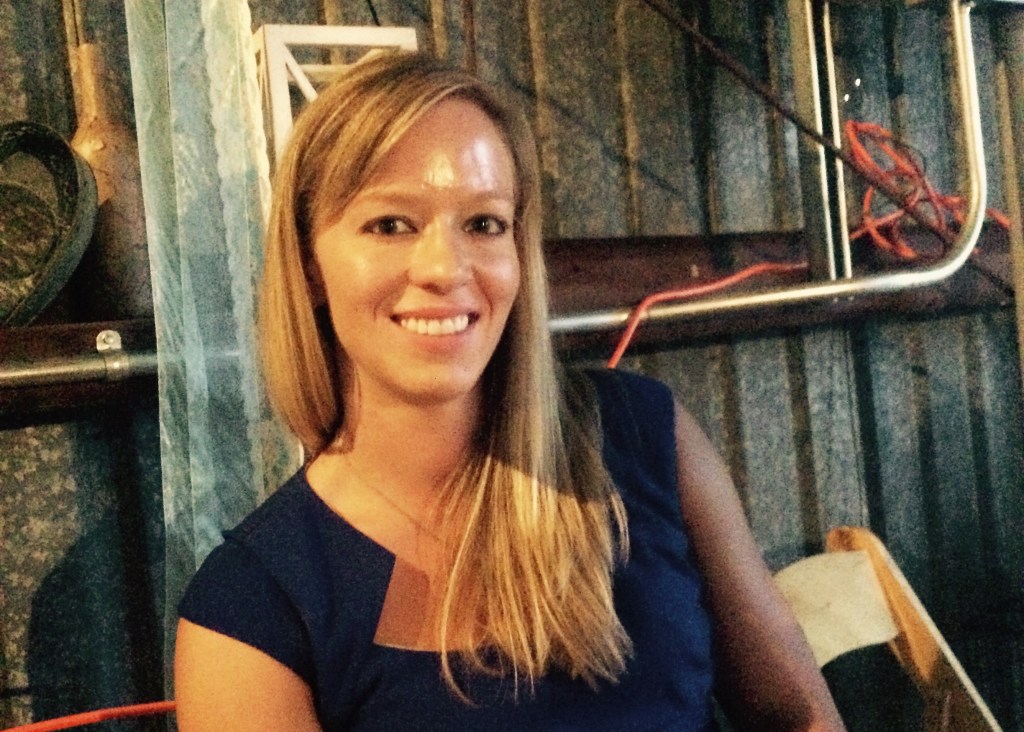-

All photographs by Adam Rouhana Adam Rouhana Photographs the Palestinian People
We spoke to him about his portraits of daily life in the nation, captured before Hell broke loose.
The Latest
-
The U.S. Department of Defense adds Tencent, CATL, and other companies to the blacklist over allegations of aiding Chinese military.
Gaming Giant Tencent Blacklisted by U.S. Department of Defense for Allegedly Aiding Chinese Military

Screenshot: Tencent -
If you’re in the market for a new TV, be sure to check out LG. Not only are they great for gaming, but they’re basically an Xbox now.
Hot off the Heels of a Next-Gen Xbox Rumor, Microsoft Announces Your LG Smart TV Is Now an Xbox

Screenshot: Xbox -
Perfectly Paranormal’s “Tuesday Trilogy” is incredible work. Each of the games brings something new to gaming and needs to be experienced.
The Remaining Perfectly Paranormal Games Have Turned Me Into Arsenio Hall, and I’m Looking For Someone to Slap

Screenshot: Yogscast Games/Curve Games -
‘Recharge’ is looking to reignite the hype and excitement of RC car racing for a new generation of gamers and players.
There Aren’t Enough RC Car Games, and ‘Recharge’ Is Leading the Resurgence

Screenshot: Room Games -
According to a ‘Call of Duty’ leaker, there are rumblings of a new Microsoft console in development, called Xbox Prime.
Well, It Looks Like It’s ‘Prime’ Time for a New Xbox, According to a Prominent Leaker

Screenshot: Microsoft/Waypoint -
Perry Farrell attacked Dave Navarro on stage during a Jane’s Addiction reunon show in September, prompting the band to take a break.
Jane’s Addiction Members Working on New Music Without Perry Farrell

Tim Mosenfelder/Getty Images
films and features
VICE MAGAZINE
-

Jake Burghart Jake Burghart on Sneaking Cameras into the World’s Danger Zones
From VICE’s The Photo Issue 2024.
-

Sara Benabdallah Sara Benabdallah Captures the Soul of Morocco with Help from Her Grandma
From VICE Magazine’s The Photo Issue 2024.
-

Liss Fenwick Liss Fenwick Turns Termite Mounds into Supermodels of the Outback
From VICE Magazine’s The Photo Issue 2024.
-

Introducing VICE’s Photo Issue 2024
VICE Magazine is coming back, starting with a classic since 2001: The Photo Issue.
-

Carlos Idun-Tawiah Carlos Idun-Tawiah Turns Family Photo Albums into Ghanaian Epics
From VICE Magazine’s The Photo Issue 2024.
-

Avion Pearce Avion Pearce Embraces Darkness in Their Queer Black Photography
From VICE Magazine’s The Photo Issue 2024.
-

Shahram Saadat Turns Carwashes into Surreal Time Capsules
From VICE Magazine’s The Photo Issue 2024.
-

André Ramos-Woodard André Ramos-Woodard Remixes Black Cartoon History in Bold Portraits
From VICE Magazine’s The Photo Issue 2024.
Horoscopes
-

Illustration by Reesa Weekly Horoscope: January 5-11
This week ushers in a series of notable cosmic shifts, bringing with it feelings of flux, transition, and, at times, uncertainty. How will your sign fare, stargazer?
More VICE
-

Image Credit: NVIDIA Leaked: NVIDIA Will Make a Huge Announcement Tonight at CES Keynote. Here’s How to Watch
NVIDIA is widely anticipated to announce the RTX 5000 series GPU at 6:30PM PST/9:30 PM EST tonight ahead of CES. Here’s how to watch it live.
-

Screenshot: NetEase/Marvel ‘Marvel Rivals’ Eternal Night Falls Trailer Shows off Release Date, the Fantastic Four, and Yes, More Cake
Apparently, Dracula is a Marvel character too, I guess?
-

Screenshot: Blumhouse Games/Cozy Game Pals Blumhouse Games and the ‘Fear the Spotlight’ Team Chat About Scaring Players, Their Inspirations, and What To Expect in 2025
Chatting with Blumhouse Games and ‘Fear the Spotlight’ developers and team members, see what goes into making an indie hit in this interview.
-

Screenshot: Genki The First ‘Tokyo Xtreme Racer’ in 18 Years Enters Early Access Much Sooner Than Expected, and I’m Screaming
‘Tokyo Xtreme Racer’ is making a comeback, and it’s entering its Early Access period much sooner than I would have expected.
-

Screenshot: 2K ‘NBA 2K’ Dropped a Massive ‘NBA 2K25’ Update in Preparation for Season 4
‘NBA 2K25’ dropped one of its biggest updates today, ushering in a new ‘NBA 2K’ playing field to lead into Season 4!






















